Fingerings
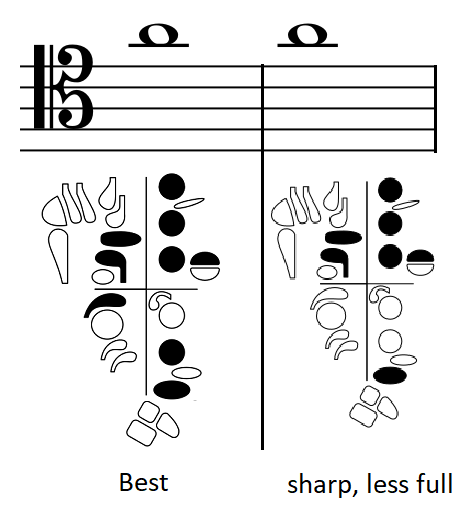
Response
The fingering on the left gives the best response, intonation, and tone on high A. But even with a really good fingering you still need to:
- Have an accurate aural target,
- Blow a fast, cold, steady airstream,
- Support the reed with your embouchure (lips),
- Keep space between your teeth,
- Keep oral cavity open.
Intonation
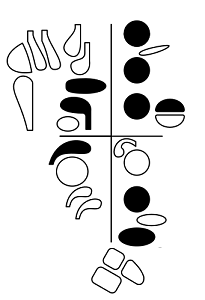
This fingering gives the best intonation and tone quality. However, too much lip pressure will still make the note sharp, so
- maintain space between your teeth,
- open oral cavity,
- voice a medium to low vowel shape depending on how sharp the note is.

Tone
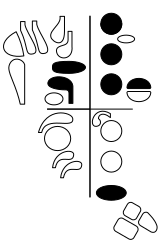
This fingering is the easiest technically speaking because it involves the fewest fingers. Unfortunately, it also has poor response, it sounds thin and is very sharp. Simply adding the Bb key and covering the A tone hole make a huge improvement in both tone and pitch so don’t take a shortcut and use the “easy” fingering. It takes much more work to get the “easy” fingering to respond in the right octave and then you have to adjust everything to get it in tune.
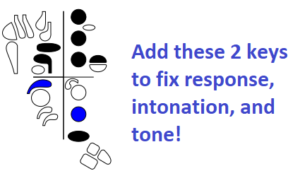
Playing A to G
Both hands change when playing these two notes.
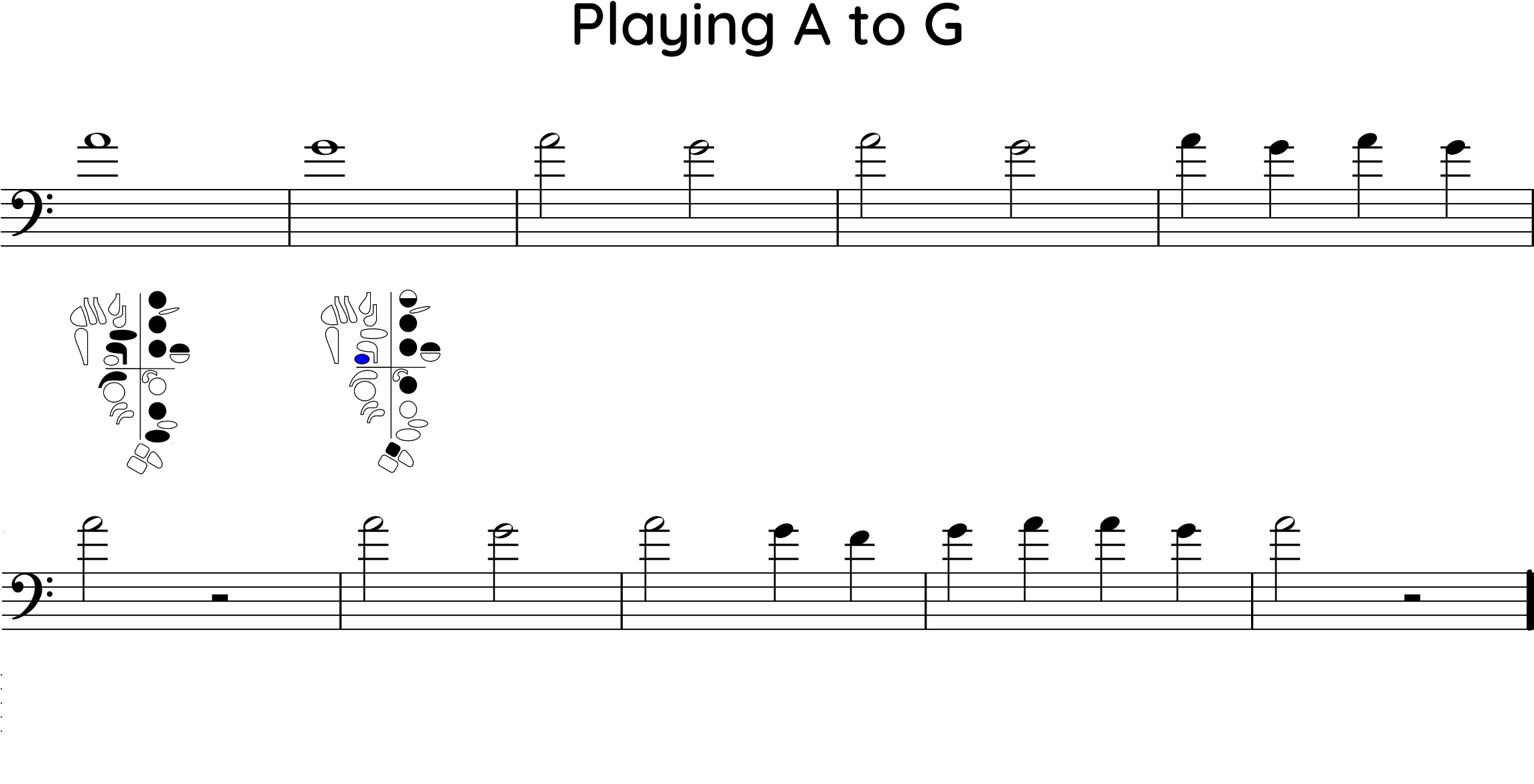
Playing A to G#
The right hand stays the same for both notes but the left hand changes.
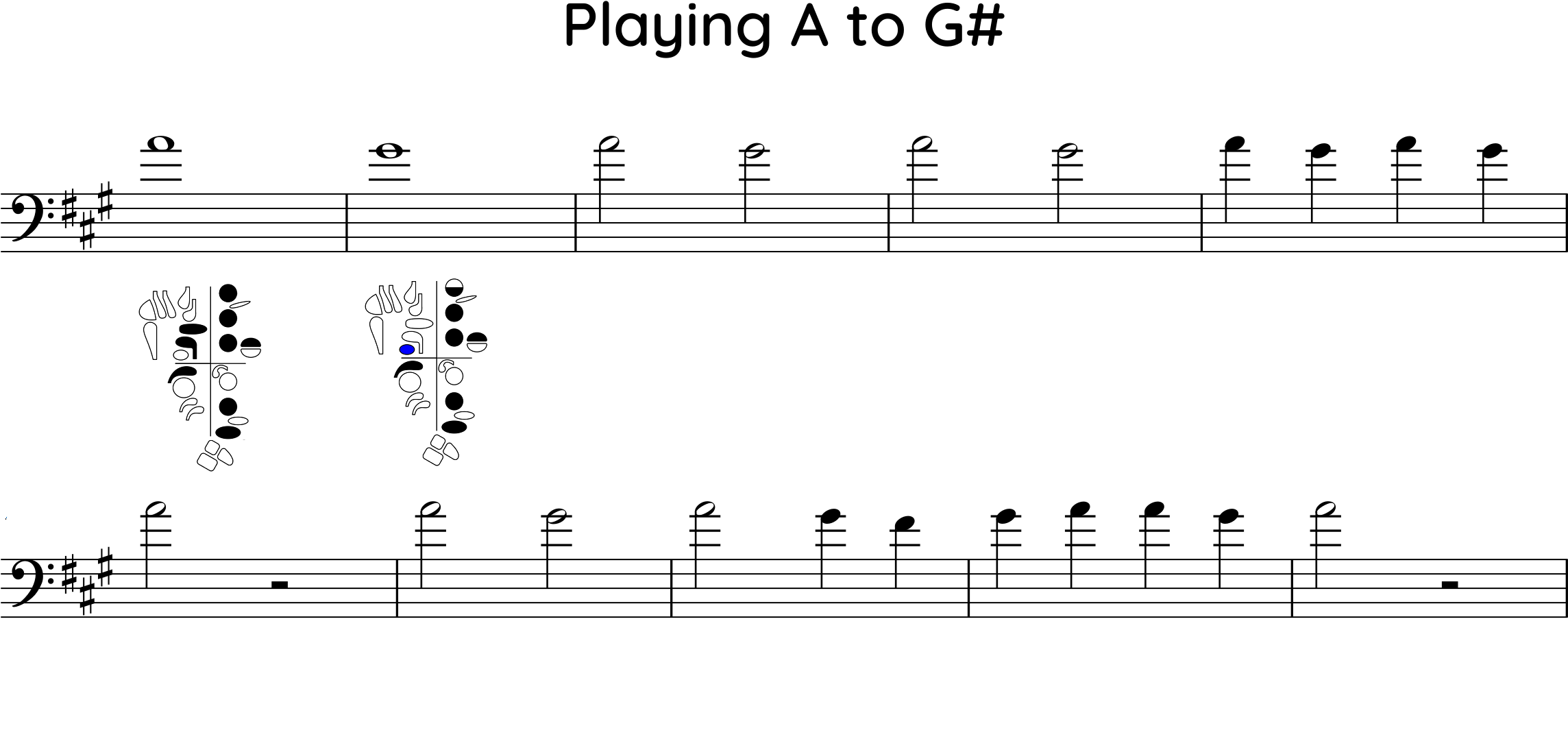
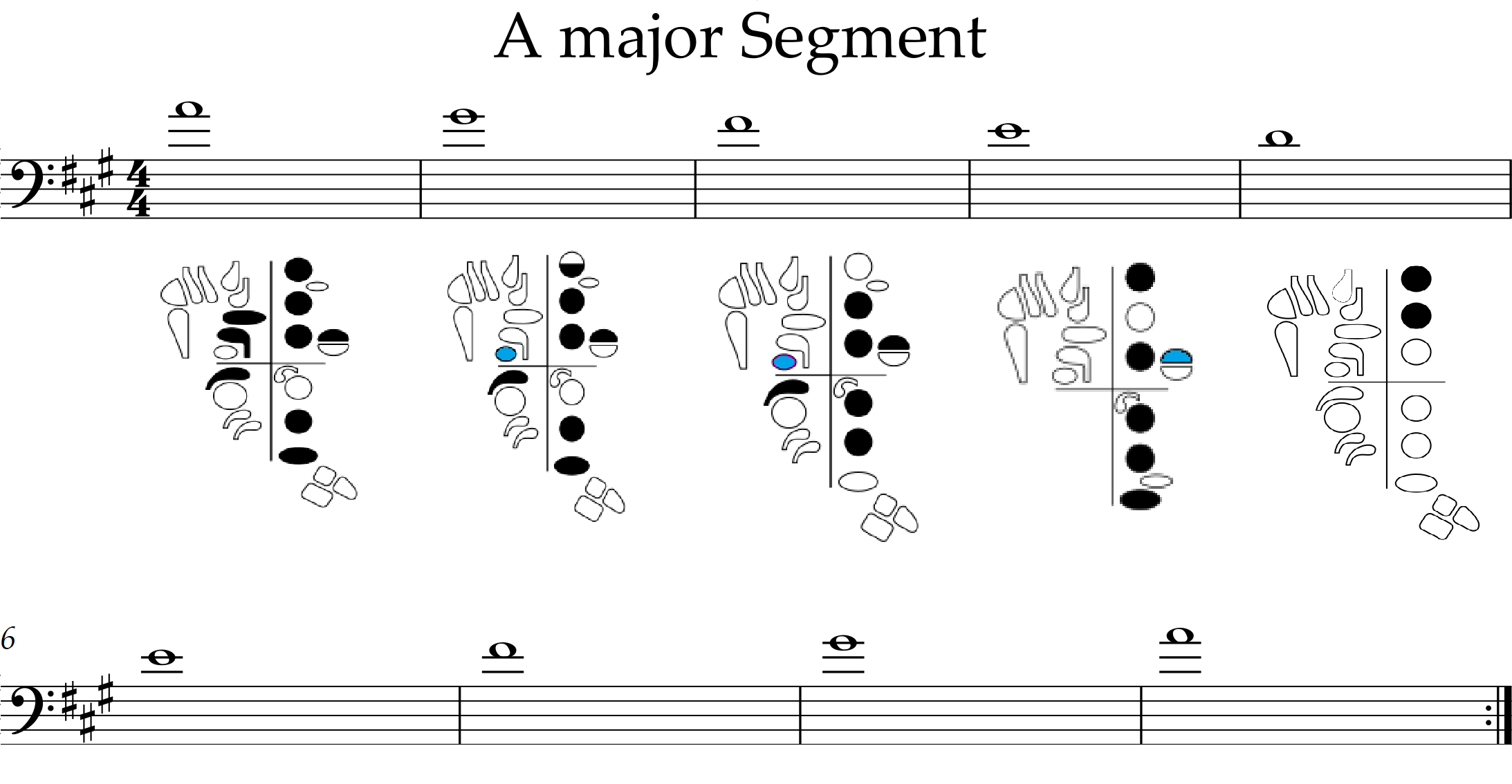

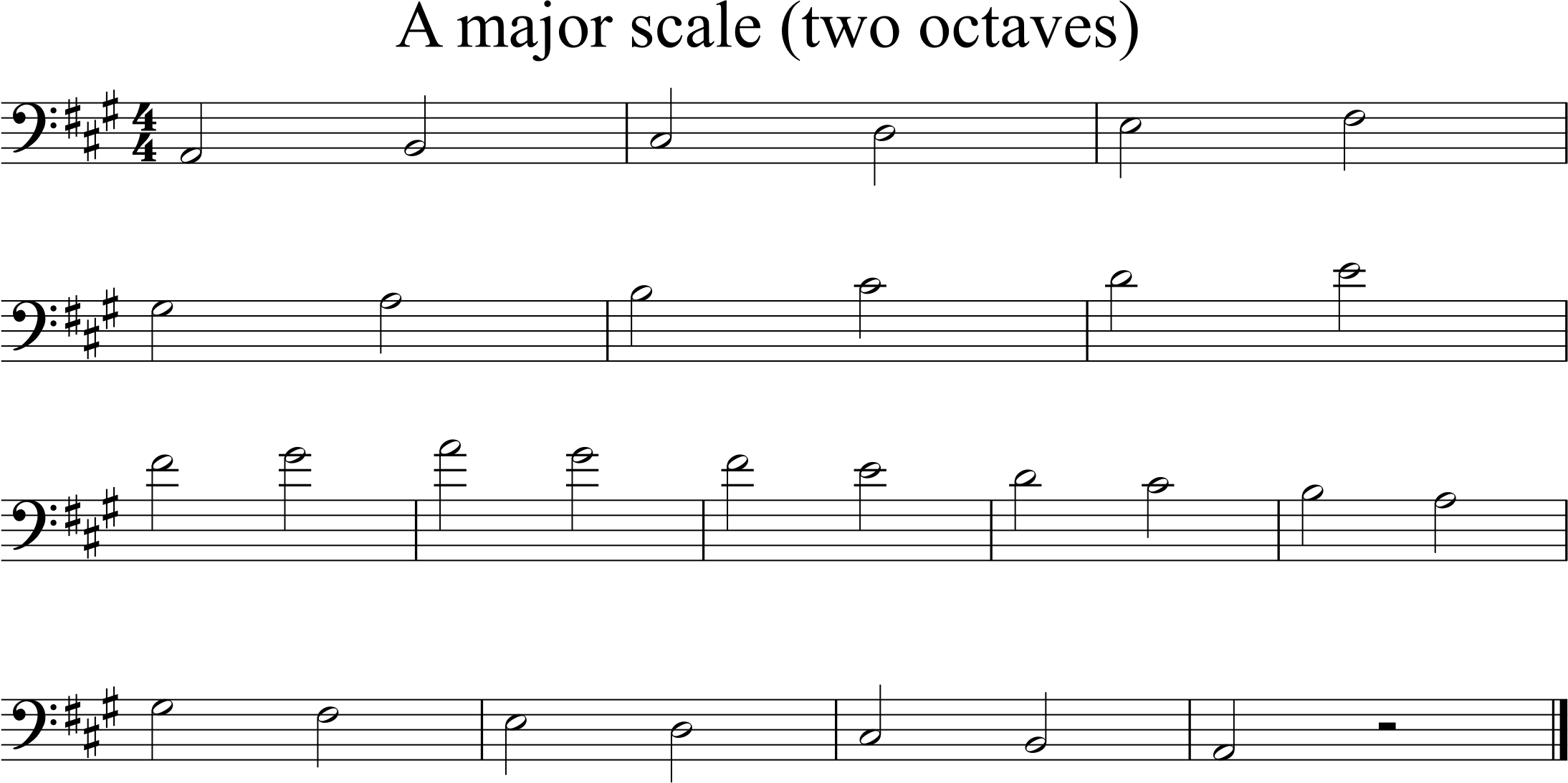

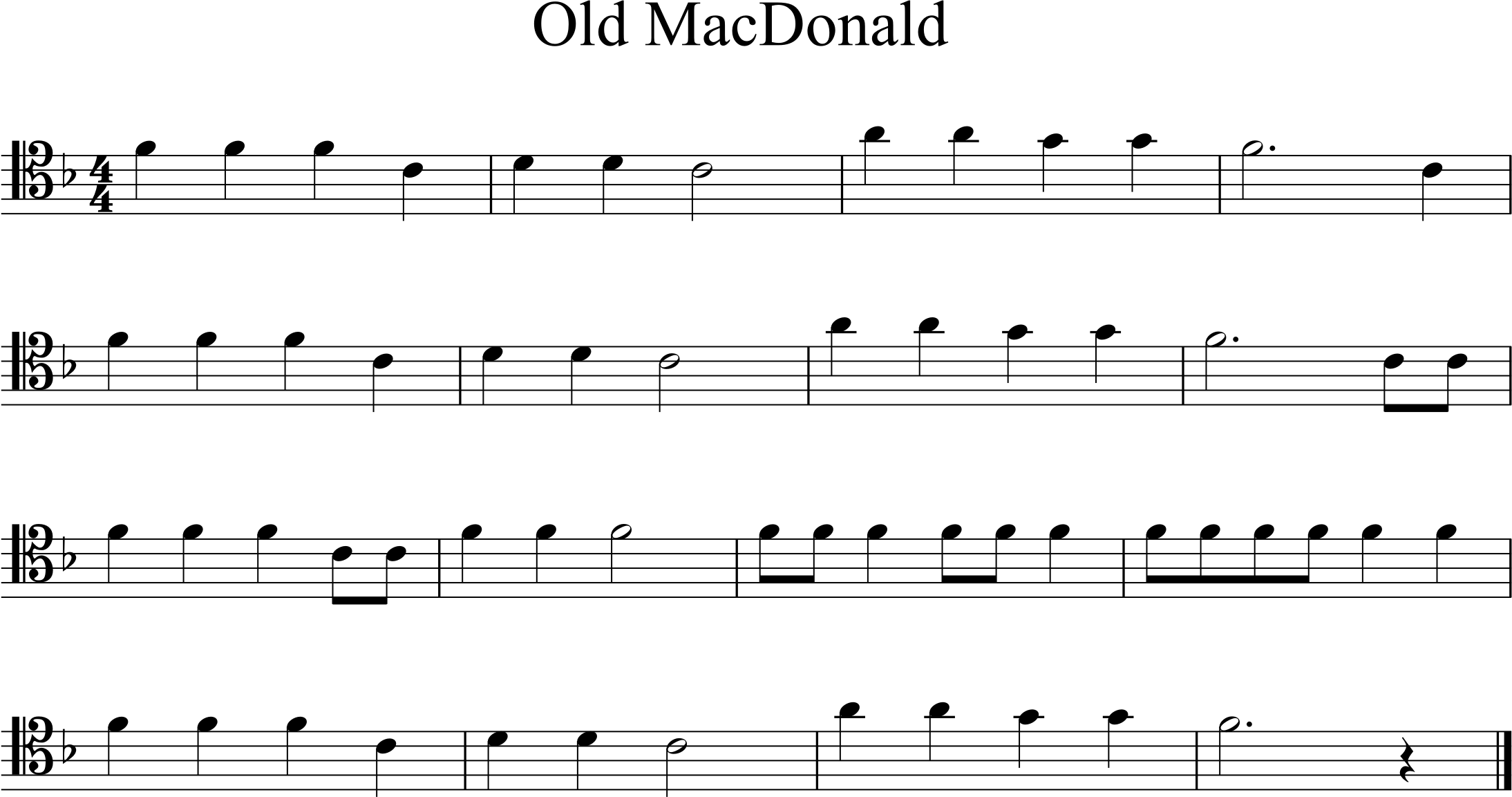


Feedback/Errata